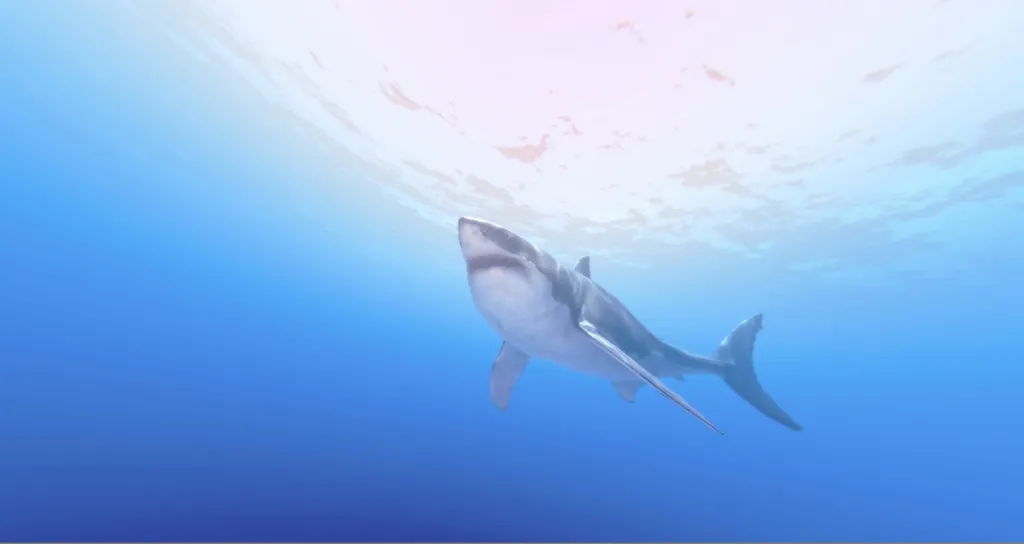Educational VR doesn’t have to be for the classroom. In fact, it doesn’t even have to be confined to museums, art galleries and installations; it can exist right at home on your headset, not as a 360 video or experimental app but a full gaming experience that teaches you about the world around us through your own actions. Operation Apex is a perfect example of that.
Apex is the latest project from Curiscope, an educational company best known for its Virtual-Tee product, which uses AR to teach you about the human body. For its first VR game, the company teamed up with Vive Studios to produce an underwater adventure in which you’ll follow the law of the ocean, discovering its food chain and the devastating impacts humanity can have on it.
Whereas staple VR apps like theBlu and Ocean Rift allow you to marvel at the wonders of life under the sea, Operation Apex introduces interactive elements that will help you learn through repetition and engagement. That’s not to say the game doesn’t have its own impressive sights; the underwater world is lavishly detailed with crisp textures and convincing models of aquatic life. There are moments of amazement, bewilderment and just a little intimidation.
Over the course of four levels (including a brief introduction), you’ll swim around the seabed using two handheld propeller-like devices that make movement seem natural and immersive. Each level has you leading an investigation into what’s upsetting certain aspects of the food chain, and you’ll need to scan various fish and more to make important discoveries. They last around 20 minutes each if you just complete the main objectives but you’ll also be able to explore each scene for bonus content, meaning there’s anywhere between one to three hours of content here.
Where Apex really sets itself apart is with its bait system. While some wildlife can be scanned with ease, others need to be lured over with the relevant types of food. You create the bait using holographic projections known as mimics, which you’ll gain when you scan creatures. To attract a tuna, for example, you’ll first have to scan a smaller swarm of fish that look tasty, like sardines. While the game’s UI will give you some hint as to what eats what, you’ll eventually memorize the best fits in the food chain simply through repetition. There; you learned something and you didn’t even mean to. That’s the power of interactivity.
Crucially, the mechanics behind Apex are simple fun. Scanning a group of fish means maintaining a distance close enough for your scanner while also far enough away not to scare the fish, and you’ll have to scan multiple specimens very quickly, otherwise you’ll need to start over. Luring other fish can also be tricky, and a smooth and steady hand is required to capture the lot.
The other side of the game’s educational aspect is the story it tells and the discoveries you’ll make along the way, some of which, to be frank, left me feeling angry and confused. Apex does a wonderful job of not preaching to the player but instead just showing them the brutal, honest truth of humanity’s actions, and in the process creating one of the most impactful moments I’ve yet experienced in VR.
While a little on the short side, Operation Apex is a great example of how VR can be used for good, make an impact and yet still provide the same simple thrills of a solid videogame. Fallout 4 VR may be about to drop hours of content onto your HTC Vive but, in many ways, this is a much better demonstration of what VR is really capable of.
Operation Apex is available now on Steam and Viveport with HTC Vive support for $19.99.

























